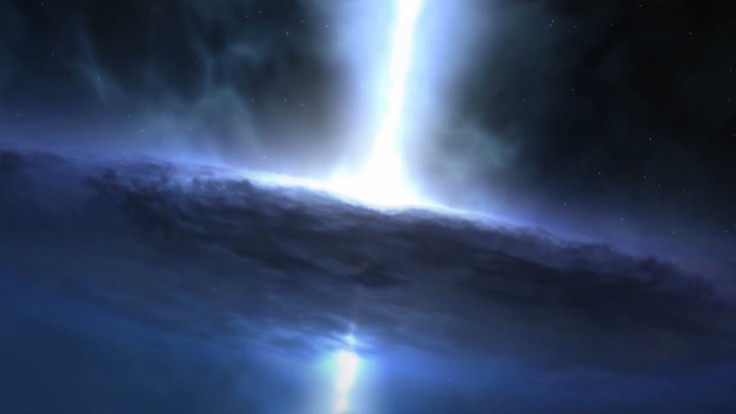Big Bang: Scientists have a new theory that black holes filled the universe with light
The early universe was a dark place where a hot soup of gas trapped all light.

For the first few hundred million years after the Big Bang, the Universe was a very dark place where all light was completely engulfed by a thick soup of hot gases. Then, as it expanded and become more transparent, the first light started to emerge out of the darkness.
How exactly this process occurred has been something of a mystery to scientists. Now, researchers from the University of Iowa have proposed an explanation.
The team believe that the black holes found at the centre of the first galaxies in the early Universe spewed out matter in powerful jets which broke through the surrounding clouds of gas, allowing light to appear.
Their conclusions stem from observations taken from a galaxy 600 million light-years away, called Tol 1247-232, where light, albeit ultraviolet light, is being ejected in a similar fashion.
"The observations show the presence of very bright X-ray sources that are likely accreting black holes," said Philip Kaaret, an author on the study. "It's possible the black hole is creating winds that help the radiation from the stars escape. Thus, black holes may have helped make the universe transparent."
Black holes are known for devouring everything around them so how does the light escape? Astronomers have suggested that the jets of ejected material are a result of the incredibly powerful rotational energy of the black hole itself.
As the gravity of the black hole sucks matter towards it, it starts to spin faster creating energy.
"As matter falls into a black hole, it starts to spin and the rapid rotation pushes some fraction of the matter out," Kaaret says. "They're producing these strong winds that could be opening an escape route for ultraviolet light. That could be what happened with the early galaxies."
© Copyright IBTimes 2025. All rights reserved.





















